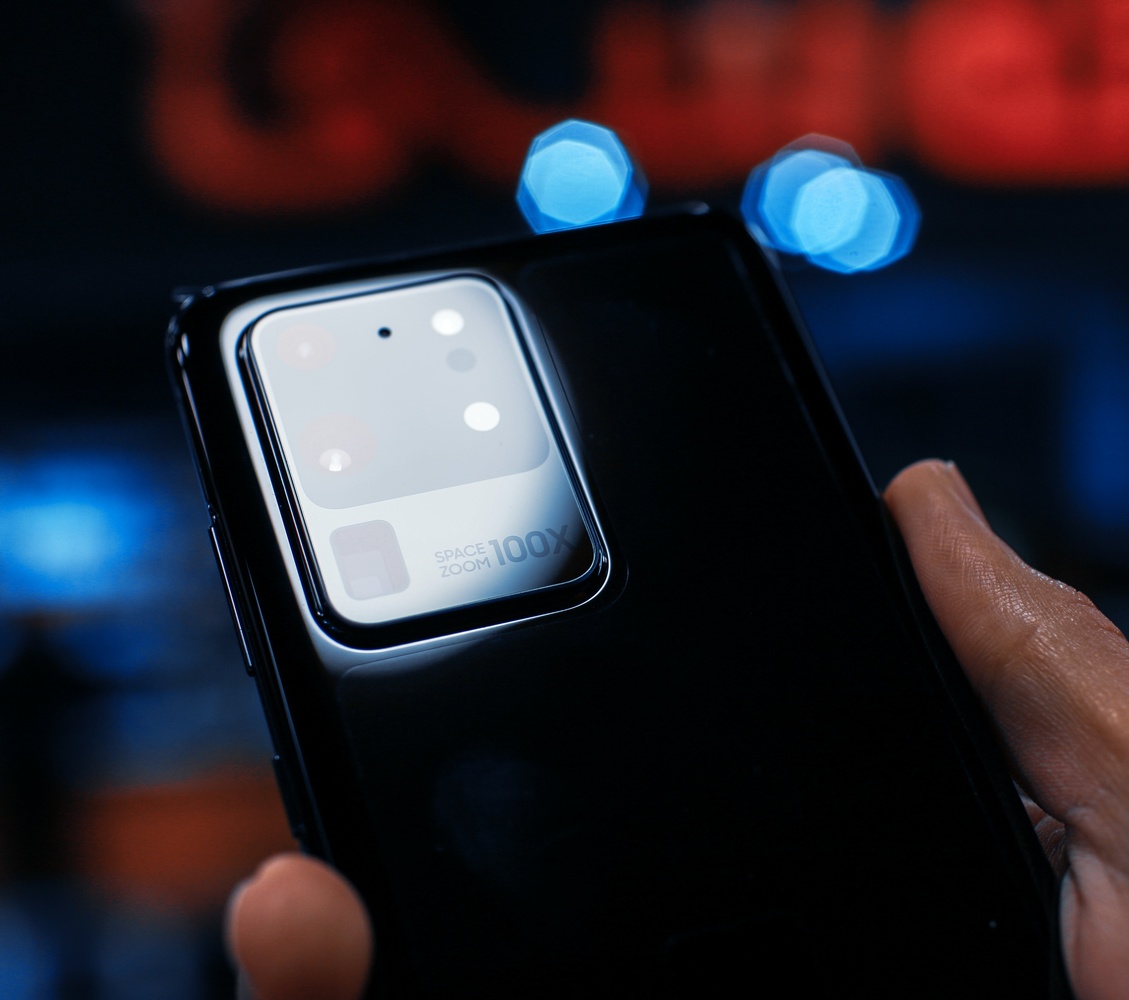It seems like the mirrorless/DSLR realm operates in a different dimension to phone cameras. Sony’s new a1 body boasts a 50-megapixel full-frame sensor and is cutting edge, yet Samsung’s Galaxy S20 Ultra claims to have a 108 MP sensor — and now there are some wild rumors about upcoming 200 MP phone sensors.
This morning I looked at my phone, which is currently a measly Samsung Galaxy S9, and saw some pretty jaw-dropping “news” (re: a somewhat reliable rumor) — the rumored partnership between Samsung and Olympus for future camera technology on their flagship phones. In recent years, many phone brands have begun partnering with well-known camera brands, like Huawei and Leica, Vivo and Zeiss, OnePlus and Hasselblad, or Sony and ...Sony. Now, there is no denying that the quality of smartphone camera technology and the photos they produce has been growing steadily to the point of mobile categories in photo contests becoming commonplace, but how far can it go before it’s just a misleading chest-puff claim, or are we already there? Well, with the rumor of a 200 MP camera being developed and included in the upcoming Galaxy S22 Ultra, my guess is as good as yours. Technizo Concept even did up a few mockups to help visualize what this could look like on the flagship Samsung phones.

Photo by Zana Latif on Unsplash
Currently, the highest megapixel count from any phone is Samsung’s 108MP* camera featured in their Galaxy S20 Ultra. Anyone familiar with the technology used to achieve this understands the * here. For those unfamiliar, a quick breakdown: 108 MP on a 1/1.33” sensor is, well, pretty dense. You can theoretically achieve the max-res in optimal conditions, but image quality falls off a cliff in low light or sometimes when capturing quickly moving subjects. In order to address this, the sensor implements its pixel-binning technology to essentially merge nine super tiny pixels into one normal-sized pixel. This results in a more reasonably expected 12 MP image. Albeit a very nice looking 12 MP image. So how would a 200 MP camera operate under similar constraints? Should we even care, or will this be more about “look what we did” rather than boasting true utility that sets it apart from the pack?
For now, in the early stages of this apparent arms race of phone developers partnering with very well-known, professional-quality camera and lens companies, I’m inclined to say that we’re going to see a lot of shiny objects to grab our attention — and they already have! That said, as these partnerships develop and mature, I think there could be some pretty fascinating breakthroughs that could result. Only time will tell.







Is this some secret plot so people will chew through their could storage quicker? I would much prefer if they worked on optical zoom.
So it has taken me about three centuries to get here, but I finally have two devices with which to compare: an S21 Ultra with a 108 Mpx sensor and a Sony A7R iv with a 61 Mpx sensor. Just two weekends ago, I made some comparison photos on a bright day and then did some pixel-peeping to subjectively compare the two sets of images. My unscientific conclusion is that they both produce images with an incredible amount of detail. But Samsung does more post-processing of the image, which leaves it slightly behind the Sony in terms of detail even though it has more pixels. The Sony has a very pure output that is free of artifacts and smoothing. The Samsung has some odd artifacts probably based on the physics of so much packed into a tiny space, such as a discernable pattern to the pixels over a flat monochromatic scene, as well as some optical distortion at the very outer edges of the frame. It's just nitpicking, really. But there are some minor things, even though it does resolve a gnat on a horse's hind quarters at ten miles, pixel-peeping that 108 Mpx image. I am impressed with the output. The Sony, costing much more, having much larger components and a larger sensor, and being a tool of professional photography, is just very consistent in its output. Anyway, without babbling on too much here, both are impressive devices IMO.
It is nice to read your comment. Are you commenting on all images in all different light situations? How about low light? Can you comment on Landscape images?
Thanks